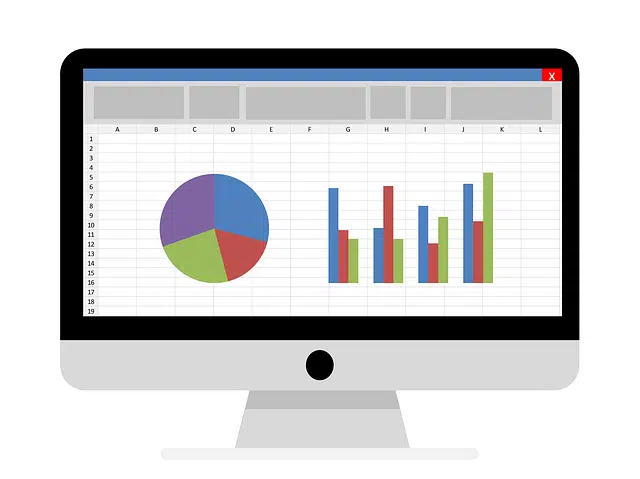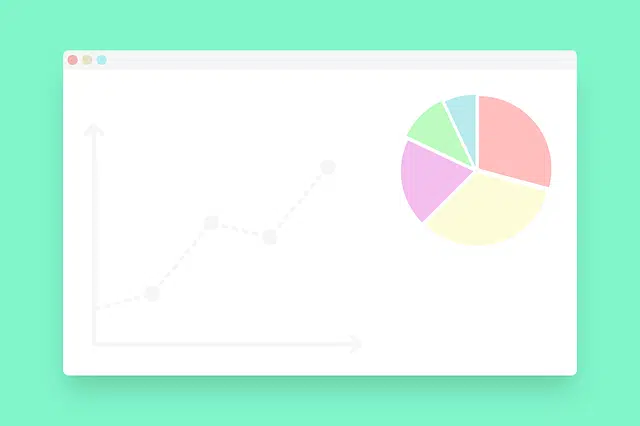
Excel, one of the most popular programs from Microsoft.
Excel is a computer program developed and distributed by Microsoft Corp. It is a software that allows you to carry out accounting and financial tasks thanks to its functions, developed specifically to help create and work with spreadsheets .
Microsoft's first foray into the world of spreadsheets (which allow numerical data to be manipulated in tables formed by the union of rows and columns) took place in 1982 , with the presentation of Multiplan . Three years later the first version of Excel would arrive.
History of Microsoft Excel
Faced with a lawsuit from a company that already marketed a program under the name Excel, Microsoft was forced to present its product as Microsoft Excel in all its official communications and legal documents.
In 1989, Microsoft presented its first version of Office , an office suite (a set of programs that are useful in office tasks) that included Excel, Word (a word processor) and PowerPoint (an application for creating multimedia presentations).
Problems and negative points of the software
Microsoft Excel presented, throughout its history, various problems with the operations carried out in the spreadsheet. One of the most important has been the impossibility of working with dates prior to the year 1900, at least using the application's own date format; One way to get around this obstacle is to create custom fields, with numerical formats, combined with smart formulas that treat them as chronological data.
It should be noted that Excel is a commercial program: you have to pay a license to install it. There are other open source options that can be installed or run free of charge and that also allow you to manage spreadsheets, such as OpenOffice.org Calc and Google Docs . Most of these products are compatible with documents created in Excel, but the same is not true in the opposite direction (Excel is not able to read files created with these programs).

Excel allows you to represent data through graphs.
Other Excel Features
One of the strong points of Excel is that it gives its users the possibility of personalizing their spreadsheets by programming their own functions , which perform specific tasks, adjusted to the needs of each one, and which have not been included in the package. original. Broadly speaking, there are two options: create formulas in the same cells of the spreadsheet in question, or use the development module in Visual Basic.
In the first case, the possibilities are very limited, although this does not mean that they are not enough for most users. The main problem lies in the discomfort that comes with writing the code in a cell, without the possibility of using line breaks, tabs or comments, among many other elements of a conventional editor. Developing functions in the Excel pseudo-language is unnatural, uncomfortable and unintuitive for a programmer, not to mention that various structural limitations mean that not everything is possible .
The combination with Visual Basic
For developers looking for very specific objectives, or those looking for greater complexity than calculating an average or a comparison between several pieces of data, the solution lies in the use of Visual Basic. It is a language with a relatively high degree of abstraction (which is considerably removed from machine language, from the way the processor works) and which, like the one used in Excel, works by events (this means that the user must perform some action for the program to be executed).
That said, the combination of Excel and Visual Basic also has its limitations, and in no way can it surpass the level of customization and precision possible through creating a program from scratch; but it is very effective and convenient for a small company that does not want to invest the money and time necessary to develop its own applications.
